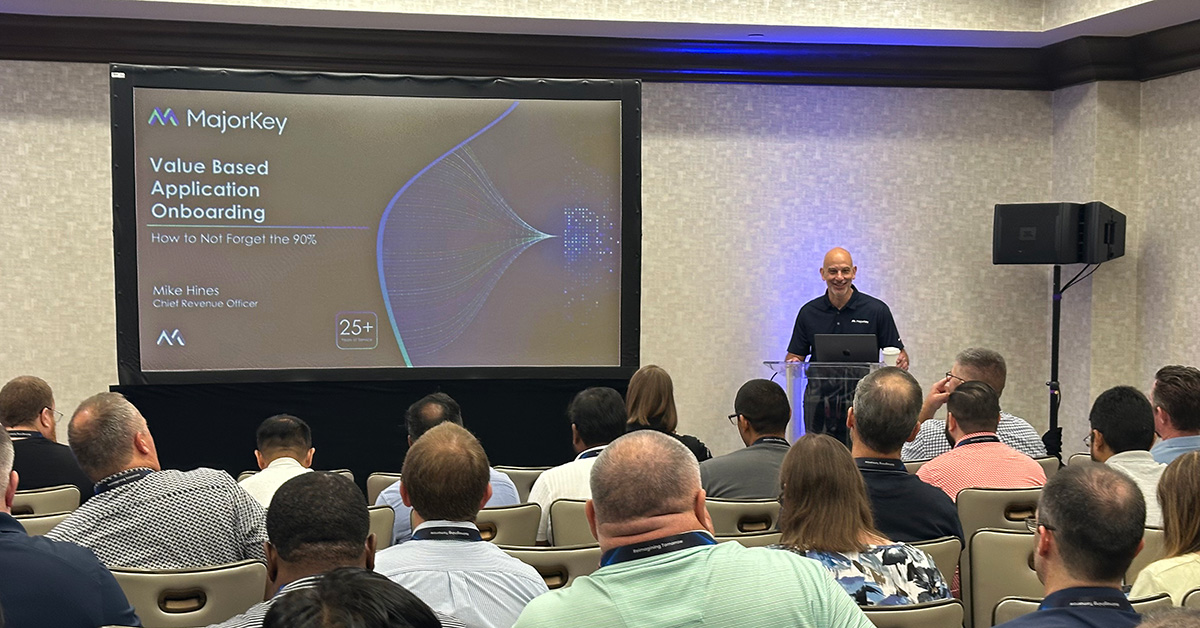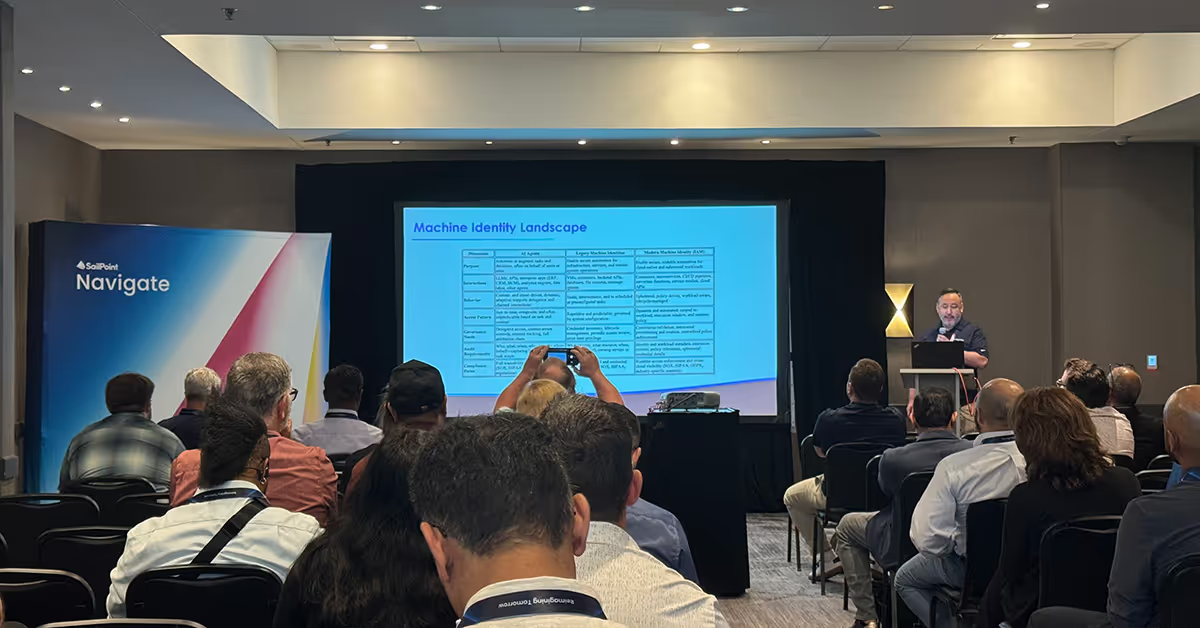Differences between CIAM and IAM Solutions
July 6, 2023
|
Duration:
5
min READ

Understanding CIAM and IAM Solutions
Customer Identity and Access Management (CIAM) and Identity and Access Management (IAM) solutions are key elements in ensuring the security and integrity of digital applications and systems. They provide important functionality including access controls, multi-factor authentication (MFA), and single sign-on (SSO) capabilities. However, despite their similarities, they cater to different needs and possess unique characteristics.
What are IAM Solutions?
Traditional IAM solutions primarily cater to the needs of internal users such as employees and contractors. They authenticate and authorize these users to gain access to corporate applications and IT systems. Typically, these solutions can support a few to millions of users, integrating seamlessly with enterprise directory services such as Active Directory, HR systems, and IT systems on-premises, as well as SaaS.
Notably, IAM solutions are not usually subject to stringent data privacy and consent regulations like the General Data Protection Regulation (GDPR). Their primary aim is to ensure that the correct people have appropriate access to the necessary resources at the right times, thus safeguarding the internal operations of the organization.
What are CIAM Solutions?
CIAM solutions, on the other hand, focus on external users - the customers. They authenticate and authorize these users to access public-facing applications and digital services. CIAM solutions are engineered to support an exponentially larger user base, often in the range of millions or even billions.
In addition, CIAM solutions are equipped to support diverse login methods such as social logins, integrating smoothly with various sales, marketing, and business intelligence systems. Unlike IAM solutions, CIAM solutions operate under strict data privacy and consent regulations like the GDPR due to the nature of customer data they handle.
CIAM vs IAM: Which One Do You Need?
Deciding between a CIAM and IAM solution depends primarily on the needs of your business and the nature of your user base.
IAM solutions are typically suitable for businesses that need to manage the access and identities of internal users. This includes employees and contractors who need access to corporate applications and IT systems. IAM solutions offer moderate user experience and performance, integrating primarily with internal HR and ERP systems.
CIAM solutions, however, are designed for businesses that need to manage the identities and access of their customers. With the capability to handle massive user bases and offer high-quality user experience, these solutions provide multiple identity options and comply with global privacy and data regulations. They seamlessly integrate with various systems including CRM, CSM, DMP, analytics, internal IAM, payment solutions, and marketing tools.
In essence, the choice between CIAM and IAM depends on whether the users are internal or external, the scale at which the solution needs to operate, the level of data privacy required, the user experience desired, and the systems that need to be integrated.
Conventional IAM starts to show its limitations when individuals outside of the organization need to be integrated. In contrast, CIAM solutions are specifically designed to manage access and identities for large numbers of external users, delivering a robust user experience while meeting compliance requirements for data privacy and security. Thus, the choice of IAM or CIAM should be dictated by the specific needs of your business and the nature of your users.
In conclusion
As part of IAM, CIAM solutions are specifically built for your B2X use cases such as customers, vendors, partners, and non-employee identities that should be secured and developed into a better user experience for doing business with your organization.
Authors
No items found.
No items found.
No items found.
No items found.
.svg)



















.svg)
